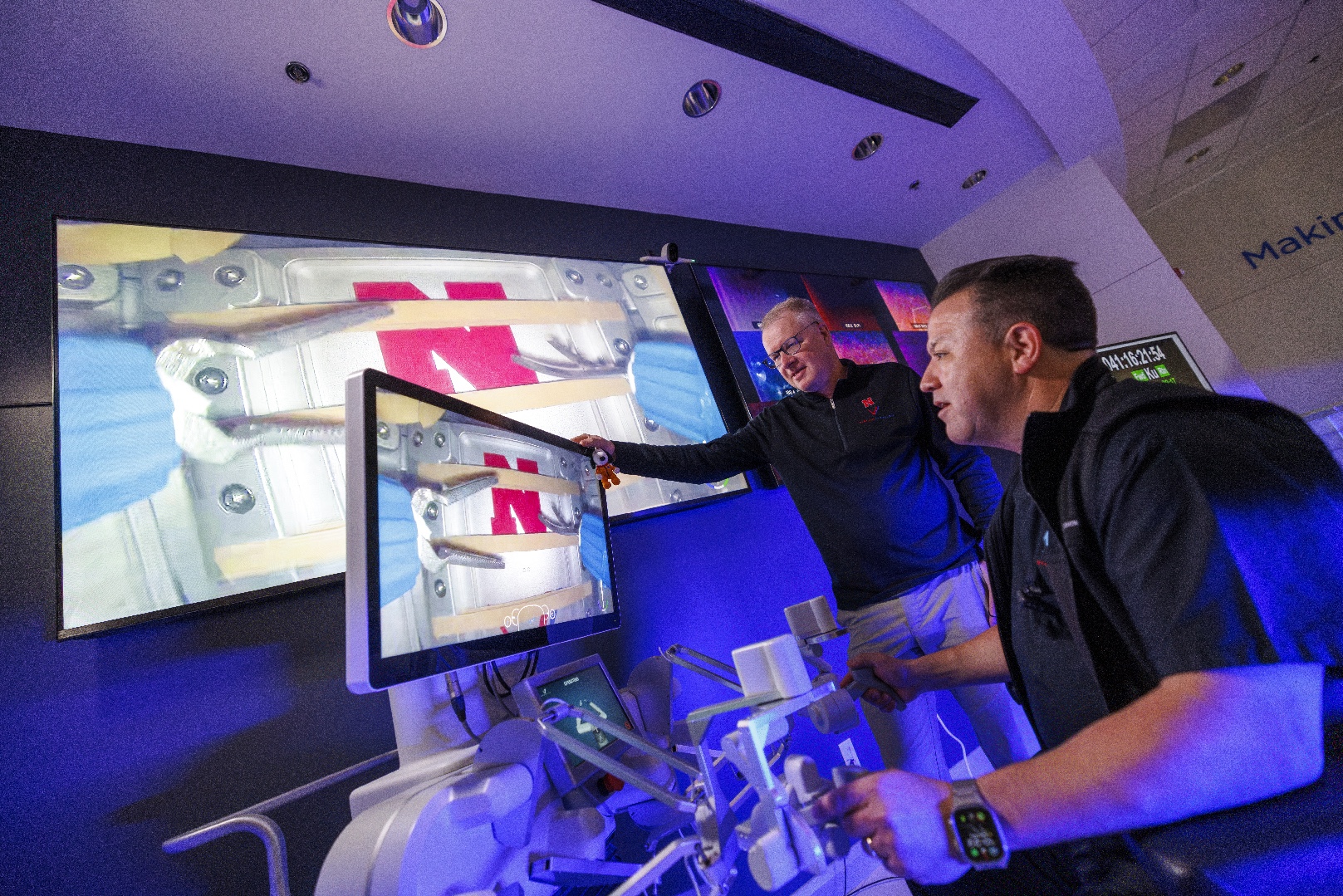The small surgical robot SpaceMIRA was launched aboard a SpaceX rocket from Cape Canaveral on January 30 and arrived a few days later at the International Space Station, which is perched about 400 kilometers above the Earth's surface. The SpaceMIRA surgeon robot weighs about 2 kg and is only 90 cm long. This makes this a uniquely compact and accessible device for robotic surgery, which is now floating in space.
Operate in space
Although SpaceMIRA clarification It was a simulation of a remote operation, and the success of this test shows that it may be possible in the future to perform surgery on an astronaut on board the International Space Station, in the event of such an emergency. “If they need us in the future, it will take us less than a second to get there,” one surgeon said. The MIRA robot was controlled by hand and foot control from a controller at Virtual Incision, a private company established to develop the MIRA robot.
During the simulation process, a total of ten rubber bands were attached to metal plates on the left, right and center in front of the robot. Simulating tissue movement, tension and texture during surgery, the surgeons' task was to move the robot into position and use its “hands” to grasp, stretch and cut the elastic. There was an additional “obstacle” operating in weightlessness, but this challenge was also completed successfully.
Compensation for delay
Performing remote robot-assisted surgery is not new in itself. In modern operating rooms, where robotic surgery has already become common, the surgeon who performs the operation usually also sits at the console next to the operating room table or even in a separate room. However, when the distance between surgeon and patient is several hundred kilometers, and directly out in space, communication delay, called latency, also plays a role. Naturally, the developers of this robotic surgical demonstration had to find a solution to this problem.
During the SpaceMIRA experiment, it took between two-thirds and three-quarters of a second for the procedure to get from the control center to the small surgical robot on the International Space Station. To compensate for the delay, engineers experimented with different scaling factors for the ground controls so that larger movements on the ground would result in smaller movements of the robot. “You have to wait a while for the movement to be performed. They are definitely slower movements than what you are used to in the operating room,” Michael Jobst, one of the participating surgeons, said during the demonstration.
A step forward for robotic surgery
The surgeons involved in the robotic surgery trial in space were all excited about the new possibilities this miniature robot could provide. Not for the sake of working in space in the future, but mainly due to the fact that the MIRA robot is more accessible due to its compact dimensions.
“This robot is more accessible. Not only does this make it easier to train surgeons, but it is also a device that can work well in small communities where there are no specialized surgeons. It is a big step forward in surgery,” says Michael Jobst.

“Total coffee specialist. Hardcore reader. Incurable music scholar. Web guru. Freelance troublemaker. Problem solver. Travel trailblazer.”






More Stories
“Ask at least one question in return.”
Elbendamers in the Sun: What a Wonderful Little Village
European Space Agency – Space for Kids